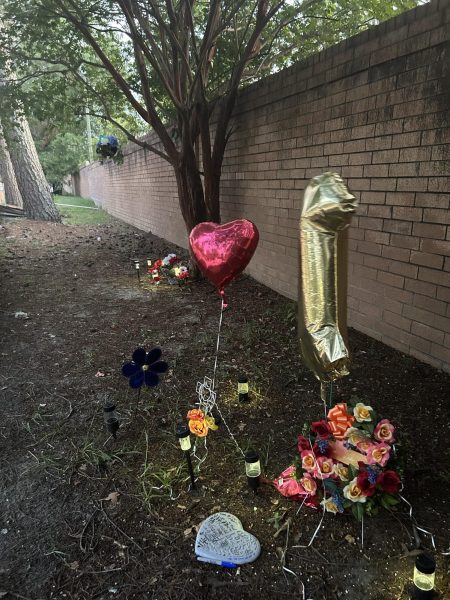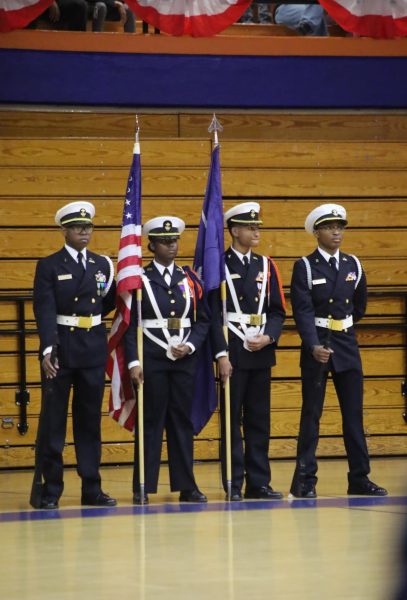Bloody Knuckles: The Story of RaNiya Wright and the U.S’s Bullying Problem
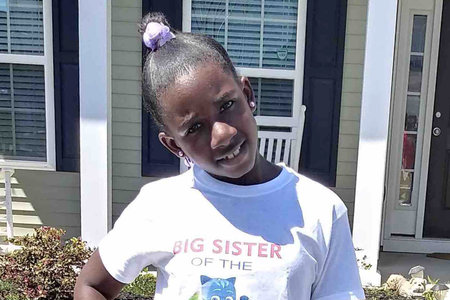
RaNiyah Wright
“Ugly,” “yo’ mama broke,” “you like girls.” These were statements said to RaNiya Wright by another girl in her class who antagonized her. These were the statements that caused Wright to fight back. These were the statements that killed her.
The first thing to know about this situation is that RaNiya Wright had a condition called ‘arteriovenous malformation,’ a defect where there’s a tangle of abnormal blood vessels connecting arteries and veins in the brain. It’s an extremely rare but treatable condition– but it was too late for Wright. According to students’s testimonies, collected by police, Wright was hit several times in the head, right where her condition was.Wright had complained about being bullied to her mother prior to March 27th, but nothing was ever done by the school. Because of this, a discussion is being had: When does bullying go too far?
It Starts With A Thought
To understand bullying, first it needs to be defined. South Carolina law defines bullying as “bullying, harassment, or intimidation as a gesture, electronic communication, or written, verbal, physical, or sexual act that is reasonably perceived to have the effect of harming a student physically or emotionally or damaging a student’s property, or placing student in reasonable fear of personal harm or property damage; or insulting or demeaning a student or group of students causing substantial disruption in, or substantial interference with, the orderly operation of the school.”
While on the surface, this seems to cover everything, what the law fails to do is protect particular groups, or provide safeguards and mental health support for students. This being said, South Carolina is reportedly the 14th state with the most frequent cases of bullying.
Out of approximately 399,447 adolescents in South Carolina, 1,470 reported being cyber bullied, 1,480 were bullied on school campuses, and 1,494 have skipped school due to a fear for their safety.
Many may think that the US has improved its issues with harassment, but it has actually gotten worse, not only in the US but around the world.

Common Sense Media surveyed thousands of 8-12 year olds and found they averaged at about six hours online, while teens 13-18 clocked in at about nine hours. Out of these groups, one in three of these students have experience cyber bullying in particular. This being said, psychologists are blaming the internet for the increase in harassment.
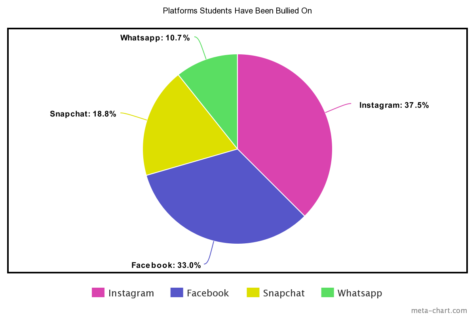
The Cyberbully Research Center, or the CRC, found that out of 20,000 from 2002 to 2007, 18.8% of students had been bullied. In 2016, the number increased to 33.8%. In the same study, 42% were bullied on Instagram, 37% on Facebook, 21% on Snapchat, 12% on Whatsapp.
In a United Kingdom survey done in 2017, a group called Ditchthelabel foudn that 34% of kids 12-15 did something to purposely upset someone, 22% from the same age group physically attacked someone, 31% from the same age group admitted to saying “something nasty online,” but only 12% of these kids even considered the idea that they bullied anyone.
Speaking Out
The next question is, if this is such a problem, why haven’t these kids spoken out? “[Cyberbullying victims] generally do not seek help because of fear of reprisal, embarrassment, or because they assume adults will not act,” said authors from the Universal Journal of Educational Research. “Some try to avoid the situation which may stop a particular incident but does little to protect them long-term or discourage the cyberbully.”
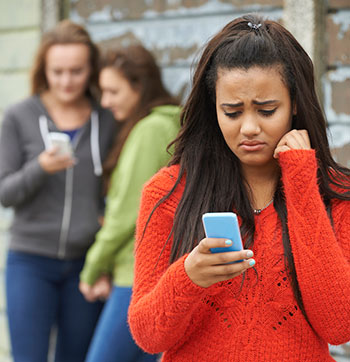
Victims tend not to speak out for fear of their safety or worse. This can eventually lead to suicidal thoughts and depression, as well as a plethora of issues associated with mental illness.
This being said, in a time where negativity seems to be rampant, it’s important to speak up and speak out. If a student is being bullied, it’s important that they tell a trusted adult, a teacher, or a counselor
If you or someone you know is going through a crisis, please contact the below hotline numbers:
Crisis Call Center
800-273-8255 or text ANSWER to 839863
Twenty-four hours a day, seven days a week
http://crisiscallcenter.org/crisisservices-html/
Crisis Text Line (U.S. only)
Text HELLO to 741741 or message us at facebook.com/CrisisTextLine to chat with a Crisis Counselor.
Twenty-four hours a day, seven days a week
CyberTipline
800-843-5678
Twenty-four hours a day, seven days a week
http://www.cybertipline.com
HopeLine
Call or text 919-231-4525 or 1-877-235-4525
https://www.hopeline-nc.org/
Thursday’s Child National Youth Advocacy Hotline
800-USA-KIDS (800-872-5437)
Twenty-four hours a day, seven days a week
http://www.thursdayschild.org
TeenLine
(310) 855-HOPE (4673)
(800) TLC-TEEN (852-8336) (U.S. and Canada only)
Or text TEEN to 839863
6 p.m. to 10 p.m. Pacific Time, every night
https://teenlineonline.org
The Trevor Lifeline (U.S. only)
866-4-U-TREVOR (488-7386)
Twenty-four hours a day, seven days a week
http://www.thetrevorproject.org
Your donation will support the student journalists of Richland Northeast High School. Your contribution will allow us to attend conferences, purchase equipment and cover our annual website hosting costs.



